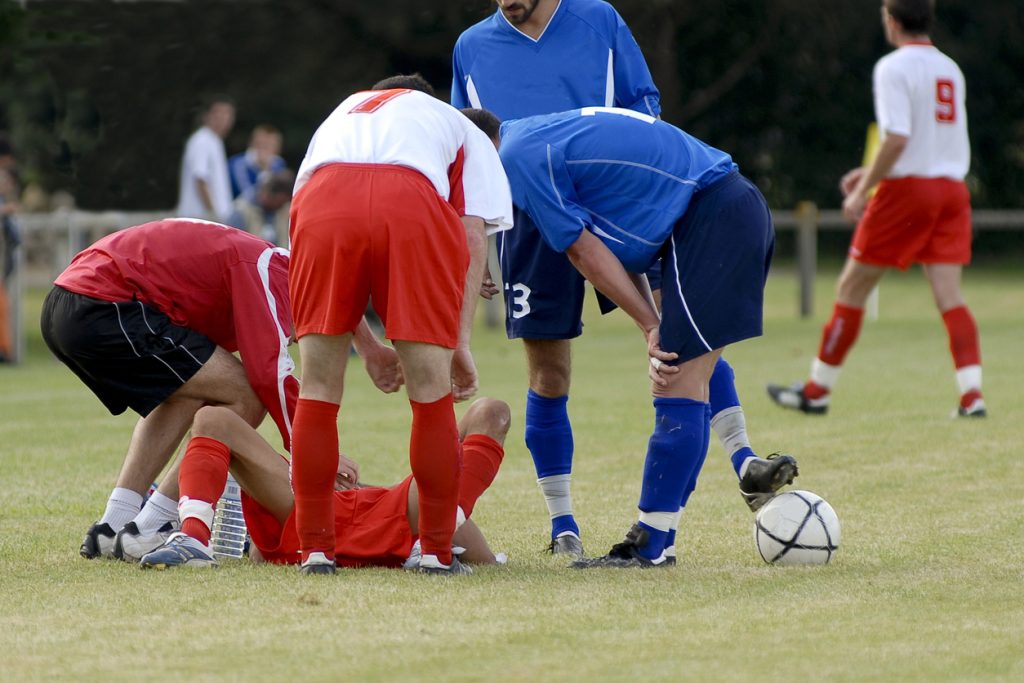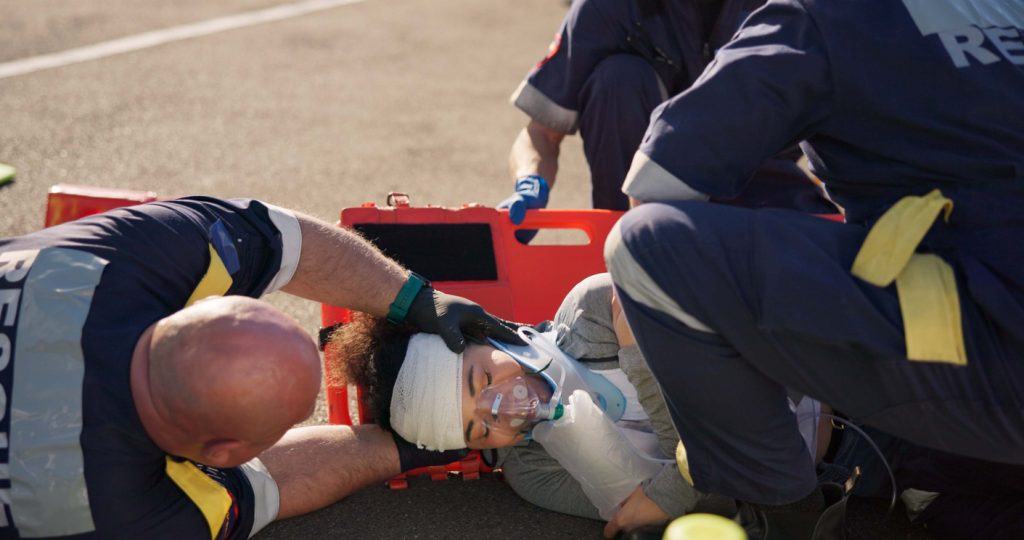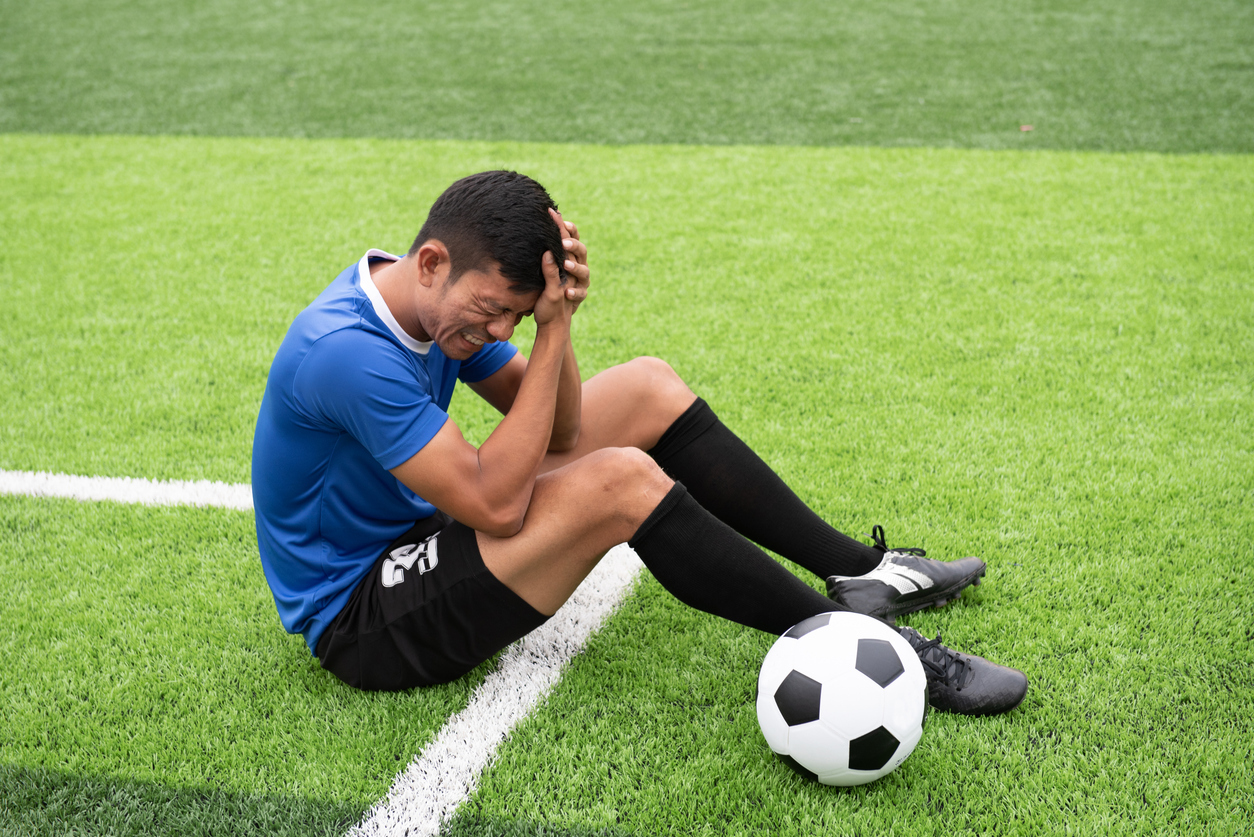The severity of NFL Football Players Head Injuries continues to spark concern across both medical and legal fields. Professional football, particularly the NFL, presents a uniquely high risk for traumatic brain injuries due to the sport’s intense collisions, high-speed tackles, and repeated sub-concussive impacts. While protective gear and rule changes have helped reduce some of the most immediate dangers, long-term damage remains common. This article explores the four most common head injuries in professional football, the treatment strategies typically used, and the broader legal implications connected to these injuries.
Understanding the landscape of NFL Football Players Head Injuries isn’t just critical for medical professionals but also for legal practitioners handling compensation and long-term disability claims. With repeated trauma to the head often leading to life-altering conditions like chronic traumatic encephalopathy (CTE), this discussion has evolved from player safety to long-term accountability.
The Reality Behind NFL Football Players Head Injuries
There is growing consensus in the medical and legal communities that NFL Football Players Head Injuries are more than occupational hazards—they are predictable risks that demand proper medical, structural, and legal safeguards. The physicality of the NFL ensures that players will endure repeated head impacts over the course of their careers. Many of these impacts accumulate silently, only surfacing years later in the form of cognitive impairment, emotional instability, or full-blown neurological disease.
Although the league has modified concussion protocols and updated helmet standards, the core problem persists. Players are still susceptible to injuries that go unnoticed or are minimized for the sake of gameplay. This is especially concerning given that repetitive trauma is a primary contributing factor to the four major types of head injuries discussed below.
Concussions: The Most Common Form of NFL Brain Trauma
The most prevalent among NFL Football Players Head Injuries is the concussion. Concussions are mild traumatic brain injuries resulting from sudden impact or movement that causes the brain to shift within the skull. The effects can range from brief confusion and headaches to prolonged memory loss, dizziness, and changes in behavior. Some concussions resolve in days, while others create long-term neurological deficits.
A single concussion is dangerous, but repeated concussions without adequate recovery time are even more harmful. They can evolve into post-concussion syndrome or set the stage for more severe cognitive decline. Immediate treatment usually involves physical and cognitive rest, followed by gradual return-to-play protocols. However, the lasting consequences—particularly for those who suffer multiple concussions over several seasons—can include chronic pain, depression, and in some cases, CTE.
Chronic Traumatic Encephalopathy (CTE): A Long-Term Consequence
Among all NFL Football Players Head Injuries, CTE remains the most controversial and devastating. It is a progressive degenerative brain disease linked to repetitive brain trauma. Unlike a single event like a concussion, CTE develops over time as players sustain thousands of sub-concussive hits throughout their careers.
Symptoms typically do not appear until years after retirement, manifesting as memory issues, aggression, impulsivity, and suicidal tendencies. The current standard for diagnosing CTE can only be done postmortem, which makes proactive intervention difficult. Treatments for symptoms are symptomatic at best—focusing on managing depression, anxiety, and cognitive impairment.
CTE has received legal attention in high-profile lawsuits filed by former players against the league. Many argue that the NFL failed to inform players about the long-term consequences of repeated head trauma. This led to a class-action settlement offering compensation to affected players, but questions about long-term accountability remain.

Intracranial Hematomas: Internal Brain Bleeding Risks
Another critical but less-discussed category of NFL Football Players Head Injuries includes intracranial hematomas. These injuries involve bleeding inside the skull, which can increase intracranial pressure and result in brain damage or death if not treated promptly. Hematomas typically occur when blood vessels rupture due to a severe impact.
Players may not immediately realize the severity of the injury since symptoms like drowsiness, confusion, and nausea can be delayed. Immediate imaging tests like CT scans are crucial for accurate diagnosis. In some cases, emergency surgery is required to relieve pressure and prevent further brain damage. Treatment often involves ongoing observation, neurosurgical intervention, and cognitive rehabilitation.
The delayed onset of symptoms can make legal claims more complex. If a team fails to diagnose or treat a hematoma in time, the resulting damage may give rise to liability claims for medical negligence under occupational safety standards.
Diffuse Axonal Injury (DAI): The Invisible Threat
Often regarded as one of the most severe NFL Football Players Head Injuries, diffuse axonal injury occurs when the brain moves so violently within the skull that nerve fibers stretch or tear. DAI results in widespread brain damage and is a common cause of loss of consciousness or coma in professional athletes.
Unlike concussions or hematomas, DAIs are not always detectable through traditional imaging methods. Treatment focuses on minimizing brain swelling and supporting basic functions while the brain attempts to heal. Recovery can take months or even years, with many patients requiring long-term rehabilitation and assistive care.
DAI is particularly dangerous because it affects the brain’s white matter, impacting communication between various brain regions. Legal claims stemming from DAI can be particularly powerful if it can be shown that the injury was preventable or that players were prematurely returned to play, worsening their condition.
The NFL’s Role in Injury Prevention and Treatment
Despite decades of research and mounting lawsuits, NFL Football Players Head Injuries remain a central concern for the league. While the NFL has instituted concussion protocols, sideline evaluations, and advanced helmet technologies, critics argue these are reactive rather than preventative.
Players themselves often feel pressured to downplay symptoms to stay on the field. This creates a culture where injuries are minimized, and long-term consequences ignored. Legal reform and regulatory oversight have attempted to close these gaps, but systemic change remains slow.
In some cases, failure to properly assess or treat injuries violates federal safety regulations. According to the Occupational Safety and Health Administration (OSHA), employers—including professional sports organizations—are required to provide a workplace free of known hazards that can cause death or serious physical harm. When that fails, players and their families often pursue legal recourse for the injuries sustained.
Compensation and Legal Pathways for Affected Players
Legal remedies for NFL Football Players Head Injuries often involve workers’ compensation claims, disability benefits, or personal injury lawsuits. These cases generally hinge on demonstrating negligence—either through improper medical evaluation, premature return to play, or failure to warn of long-term risks.
The legal system is gradually catching up to the science. Increasingly, courts and legislatures are recognizing that repeated head trauma is not just an expected part of contact sports—it is a preventable harm that may warrant compensation. Attorneys representing former NFL players often rely on documented medical histories, expert testimony, and internal league communications to build their cases.
Financial settlements can include compensation for medical expenses, lost wages, and long-term care needs. However, proving causation remains a major hurdle. It requires extensive documentation and, in some cases, linking symptoms that appear years later to hits sustained decades earlier.
Looking Ahead: Policy Changes and Future Medical Advances
As public awareness of NFL Football Players Head Injuries grows, so too does the demand for more comprehensive safety protocols. Advances in helmet design, sideline diagnostics, and player monitoring systems are evolving rapidly. New technologies aim to identify brain trauma immediately after it happens—giving teams and doctors the data they need to intervene effectively.
From a legal standpoint, the future may involve stricter government oversight of sports leagues. Legislation may require independent medical evaluations, longer recovery windows, or financial disclosure obligations regarding long-term injury risks. This regulatory pressure may be the catalyst needed to push the league toward more sustainable player health policies.
Until then, the long-term health of NFL athletes continues to hang in the balance, dictated as much by legal action as by medical innovation.

For More on Treatment Costs and Legal Options
Players suffering from traumatic head injuries face not only medical obstacles but also financial and legal uncertainty. If you want to understand the cost of care, potential recovery, and how to pursue legal action for long-term head injuries in professional football, this detailed resource on traumatic brain injury attorneys in Charlotte and compensation options provides important insights into available legal paths and financial recovery.
Conclusion
Understanding NFL Football Players Head Injuries requires a multidisciplinary lens. It is a medical issue with legal, ethical, and institutional dimensions. As the NFL grapples with its responsibilities and players seek justice for years of accumulated trauma, one thing is clear: protecting athletes must go beyond equipment upgrades and sideline protocols. Accountability, informed consent, and structural reform are essential to truly mitigate the long-term consequences of football-related brain injuries.
